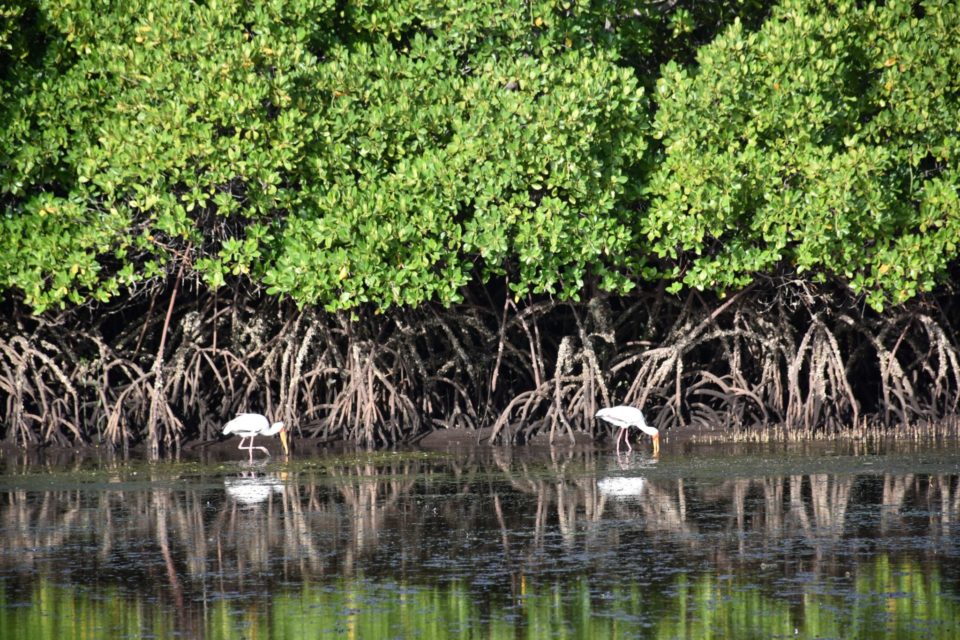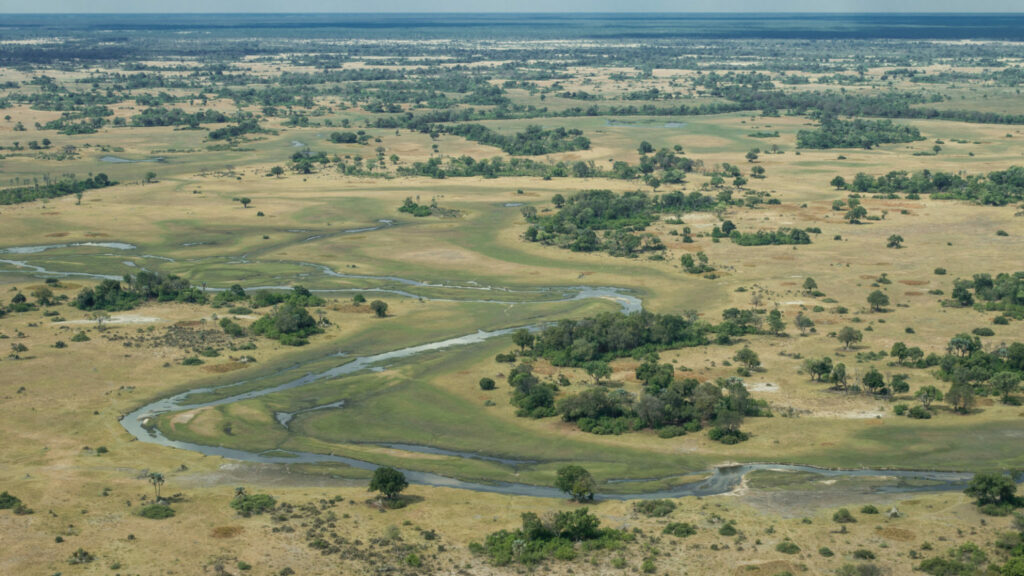
What Are Wetlands?
-
Healthy Wetland Nature

Wetlands are a meeting place between water and land. They include mangroves, peatlands and marshes, rivers and lakes, deltas, floodplains and flooded forests, rice paddies, and even coral reefs. Wetlands exist in every country and in all climatic zones, from the polar regions to the tropics. Africa’s wetland ecosystems are estimated at over 131 million hectares. They provide a wide range of ecosystem services that contribute to human well-being, such as nutrition, water supply and purification, climate and flood regulation, coastal protection, food and nesting sites, recreational opportunities, and increasingly, tourism.
Peat bogs

Peatlands are wetlands with a thick layer of sandy soil made up of dead and decaying plant material. Peatlands include heathlands, bogs, peatland forests, and permafrost tundra. Peatlands represent half of the world’s wetlands and cover 3% of the total land area. They are found worldwide. Peatlands exist in many African countries in small areas. Across the continent, estimates range from 4,856,500 ha of peatlands (FAO) to 5,853,400 ha, or 0.18% of the total land area (DOE). The African countries with the largest areas of peatlands are the Democratic Republic of Congo, Uganda, and Zambia. In Uganda alone, there are already 64,000 ha of permanent swamps and an equal amount of land temporarily flooded during the wet seasons.
Why are peatlands important?
Water: Peatlands absorb heavy rainfall, protect against flooding, and release water slowly, ensuring a clean water supply year-round.
Food: Millions of people depend on peatlands for livestock farming, fishing, and agriculture.
Species: Tropical peatland forests are home to thousands of animals and plants, including many rare and critically endangered species such as the orangutan and the Sumatran tiger.
Climate change: Peatlands contain twice as much carbon as the world’s forests. When disturbed or drained, peatlands can become significant sources of greenhouse gas emissions.
Rivers and deltas

A river is a natural watercourse, usually freshwater, that flows toward an ocean, lake, sea, or another river.
Rivers originate from rainfall on high ground and flow downhill in streams and creeks. Deltas are found in the lower reaches of rivers, where the water flow slows and spreads into expanses of wetlands and shallow waters.
One of the most famous African examples of an inland delta is the Inland Niger Delta in Mali.
The most important rivers in Africa are the Nile, which is the longest river in Africa; the Congo River, with the largest discharge on the continent; the Niger; and the Zambezi River. Their basins span a multitude of different countries, which often cooperate in international organizations such as the Senegal River Development Organization (OMVS), the Nile Basin Authority, and the Niger Basin Authority.
Why are rivers and deltas important?
Water and food: Rivers are important sources of drinking water, food, and irrigation for crops. River waters also recharge lakes and carry fertile sediments that enrich floodplains and marshes.
Transportation: Rivers also play a vital role as highways for transportation and trade, and as sources of energy.
Species: Rivers and deltas provide essential habitat for fish and other freshwater animals such as amphibians and crustaceans. Even mammals depend on them, such as dolphins and manatees.
Threats
Growing human populations and increasing water demand from industry and agriculture are reducing both the quantity and quality of water available in rivers. Furthermore, African rivers and deltas are subject to numerous existing hydroelectric dams. It is the continent with most plans for the construction of new dams that will further limit water flow.
Mangrove forests
Mangroves are a crossroads where oceans, freshwater, and land meet. Mangrove forests are among the most complex ecosystems on the planet, thriving in environmental conditions that would kill ordinary plants very quickly. Mangrove forests are found in tropical and subtropical regions in tidal zones, which are often flooded with salt water. In sharp decline, mangroves occupy approximately 15.2 million hectares of tropical coastline worldwide: across Africa, Australia, Asia, and the Americas. Africa accounts for approximately 19% of this mangrove cover, or approximately 3.2 million hectares. The African country with the largest area of mangroves is Nigeria, with 1 million hectares.
Why are mangroves important?
Disaster Reduction: Mangrove forests provide protection and shelter from extreme weather events, such as storm winds and flooding. Mangroves absorb and disperse the tidal waves associated with these events: a mangrove can reduce the destructive force of a tsunami by up to 90%.
Species: Mangrove leaves and roots provide nutrients that feed plankton, algae, fish, and crustaceans. Mangroves are also home to numerous birds and mammals—such as the mangrove monkeys in South Asia.
Climate change: Mangroves rival the carbon storage potential of tropical forests.

Wetlands in dry regions

